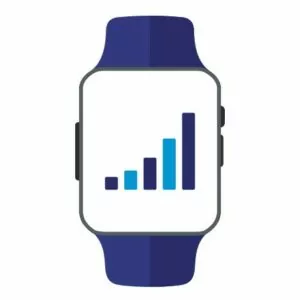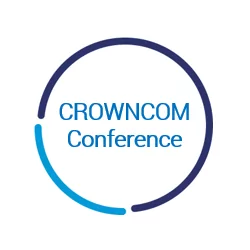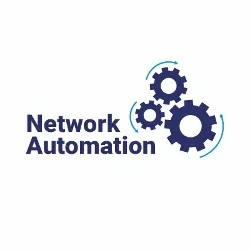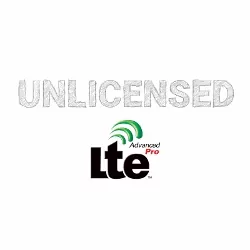
In this blogpost we will be discussing another technology which was introduced in 3GPP Rel. 13 to deal with IoT and mMTC use cases (you can check out our initial blogpost covering NB-IoT here).
eMTC (aka LTE Cat-M, while in fact, CAT-M is just a definition of UE type/category supporting eMTC) is a low power wide area (LPWA) wireless technology developed by the 3GPP to address the growing need for a solution to address the requirements for IoT applications and Machine-Type Communication (MTC) in terms of cost and power consumption reduction without any significant change to the current LTE deployment. LTE UE Cat-M1 was introduced in Rel. 13 of the 3GPP as enhanced MTC (eMTC) to address the massive MTC use cases that have unique requirements that had not been addressed earlier such as a low data bandwidth system with high reliability along with low latency.
The various technologies currently addressing the IoT and mMTC scenarios are discussed in our blogpost dedicated to understanding the role each technology fulfils in the this emerging connected world (you can read the blogpost here).
eMTC Features
For eMTC the maximum system bandwidth for the system has been capped to 1.4 MHz, keeping in mind the low data bandwidth required for IoT devices.
The main features of eMTC are [1]:
- It supports both full-duplex frequency division duplex (FDD), half-duplex FDD, and time division duplex (TDD)
- Low power consumption using Power saving techniques:
- Extended Idle mode-DRX: DRX cycle up to 43.69 minutes
- Extended Connected mode-DRX: DRX cycle up to 10.24 s
- Power Saving Mode (PSM) state
- Allows devices to go from idle state to “deep sleep” state
- Very efficient for mobile originated data applications
- Narrowband operation: 1.08 MHz (6 RB) along with frequency hopping for all channels
- 375 kb/s upload and download speeds in half duplex mode
- 1 Mb/s in full duplex mode
- Extended coverage than regular LTE using Coverage Enhancements (CE):
- Mode A: no to small repetition, full mobility support (~0-5 dB CE)
- Mode B: large repetitions, limited/no mobility support (~10-15 dB CE)
- Extended TTI bundling in downlink and uplink
- Support of voice functionality via VoLTE in Mode A
- UE power class of 20dBm instead of traditional 23dBm
- Simpler device capability: reduced control and data channel functionalities
- Support for positioning and Single-cell multicast
There have been certain design changes made to the legacy LTE in order to make the eMTC devices less complex such as:
- No support of:
- PDCCH, PCFICH, PHICH channels
- Reuse of legacy channels:
- New channel introduced:
In order to achieve the coverage enhancement targets for eMTC of >155.7 dB maximum coupling loss (MCL), the following techniques have been introduced:
- PBCH repetition
- Repeated once in 10 ms radio frame (optional)
- MTC_SIB repetition and extended update rate to allow combining
- SIB configuration by MIB, no control channel for SIB
- PRACH/PDSCH/PUSCH/MPDCCH/PUCCH all support repetition/bundling
- Repeated RV/scrambling sequence for PDSCH/PUSCH to allow data channel combining
- Bundled Resource Block Group(RBG) and fixed precoding in time to allow receiver channel estimation averaging
- Repeated Redundancy Version(RV) and scrambling to allow better data combining
Use cases
All the above enhancements allow eMTC to support various use cases that require high reliability along with low latency. It also can support varied use cases in terms of mobility support i.e. it can support use cases requiring full mobility along with use cases that require deep coverage in stationary conditions with the help of the coverage enhancements (Mode B). Some of the popular potential use cases are listed below [3]:
- Wearable devices
- Security systems
- Health monitoring systems
- Low cost feature phones (VoLTE support)
- Emergency communication devices (example: highway, elevator etc.)
- Connect POS
There are many more scenarios where eMTC would be very useful in a connected world with smart cities. With over 30 billion IoT devices being connected and in use by 2020 [4], eMTC surely would play a major role and be the underlying technology for a significant share of these IoT devices.
Summary
Cat-M or eMTC networks are getting rolled out currently by various major operators due to the various features and advantages. The biggest advantage of Cat-M is the ability to deploy it without any change in HW on the NW side as it runs on legacy LTE HW with only a SW upgrade required. Another important aspect which makes eMTC quite interesting for IoT application developers along with operators is that even with the reduced complexity, Cat-M1 UEs are still able to provide many features that are supported by legacy LTE UEs, such as full mobility, TTI bundling enabling Semi-persistent scheduling which can be useful for VoLTE, and low latency for critical applications in connected mode especially in coverage Mode A.
References
[1] http://www.3gpp.org/images/presentations/2016_11_3gpp_Standards_for_IoT.pdf
[2] http://www.3gpp.org
[3] https://www.statista.com/statistics/471264/iot-number-of-connected-devices-worldwide/
[4] https://academy.5g-courses.com/courses/internet-of-things-in-5g







[…] that influence the IoT landscape, we recommend our blogposts on Low Power Wide Area Networks and eMTC for further […]